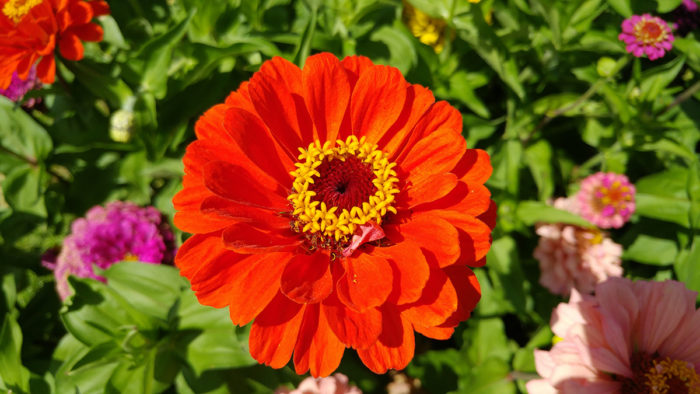
Plant, plant, plant! Before those summer temperatures really start to kick in, take advantage of late spring rains and cooler temps by planting out your annuals, perennials, shrubs, and trees this month. Be sure to water them well after transplanting to increase the soil-to-root contact, which will help them get established quicker as well as periodically throughout the summer months if rains are sparse. After you’re done, if you still have blank spaces in your perennial beds or spring bulb displays, consider spreading out seeds of quick-growing annuals such as marigolds (Tagetes spp. and cvs., annual), zinnias (Zinnia spp. and cvs., annual), or cosmos (Cosmos spp. and cvs., annual) to fill in the gaps.
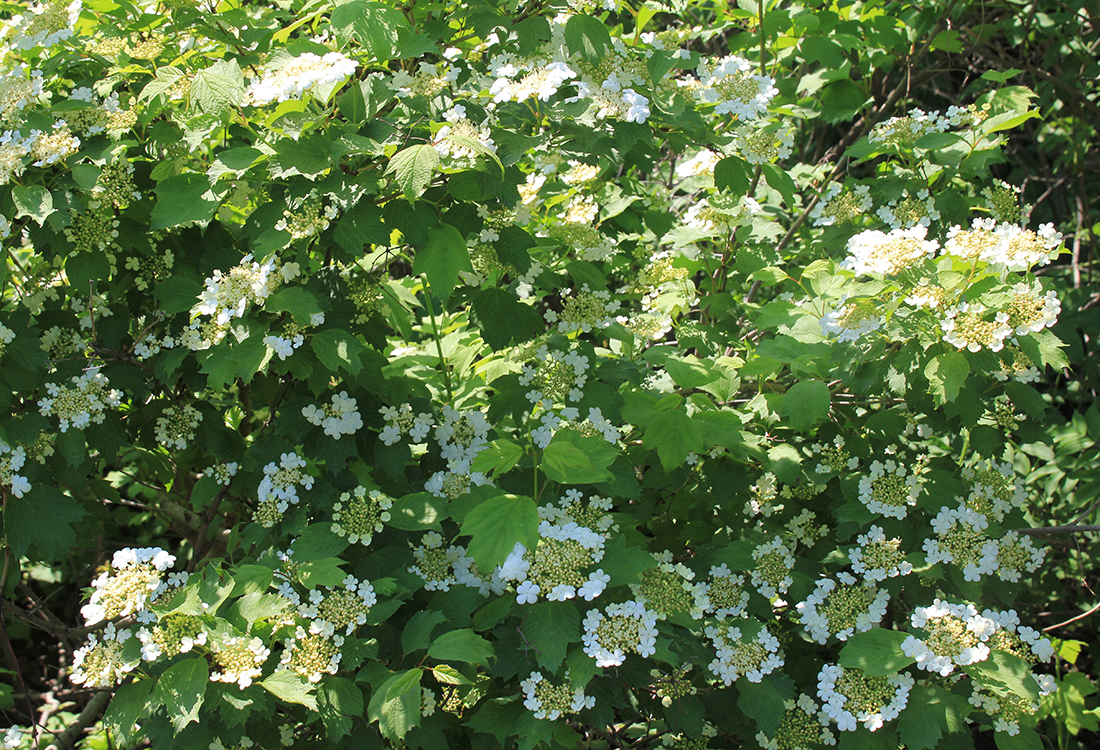
Prune spring-flowering shrubs. Once your spring-flowering shrubs such as viburnum (Viburnum spp. and cvs., Zones 4–8) and forsythia (Forsythia spp. and cvs., Zones 4–8) finish blooming for the season, get out your pruners and loppers and give them a trimming to the desired size and shape, just above some lateral branches or buds. Pruning after flowering is not necessary every year, but it does promote a compact growing habit and better flowering next spring by promoting growth of the lateral buds over the course of the season, which will set the flower buds for next spring’s display. It also frees up resources from the plant that would normally go into fruit and seed production and directs them toward growth, both above and below ground.
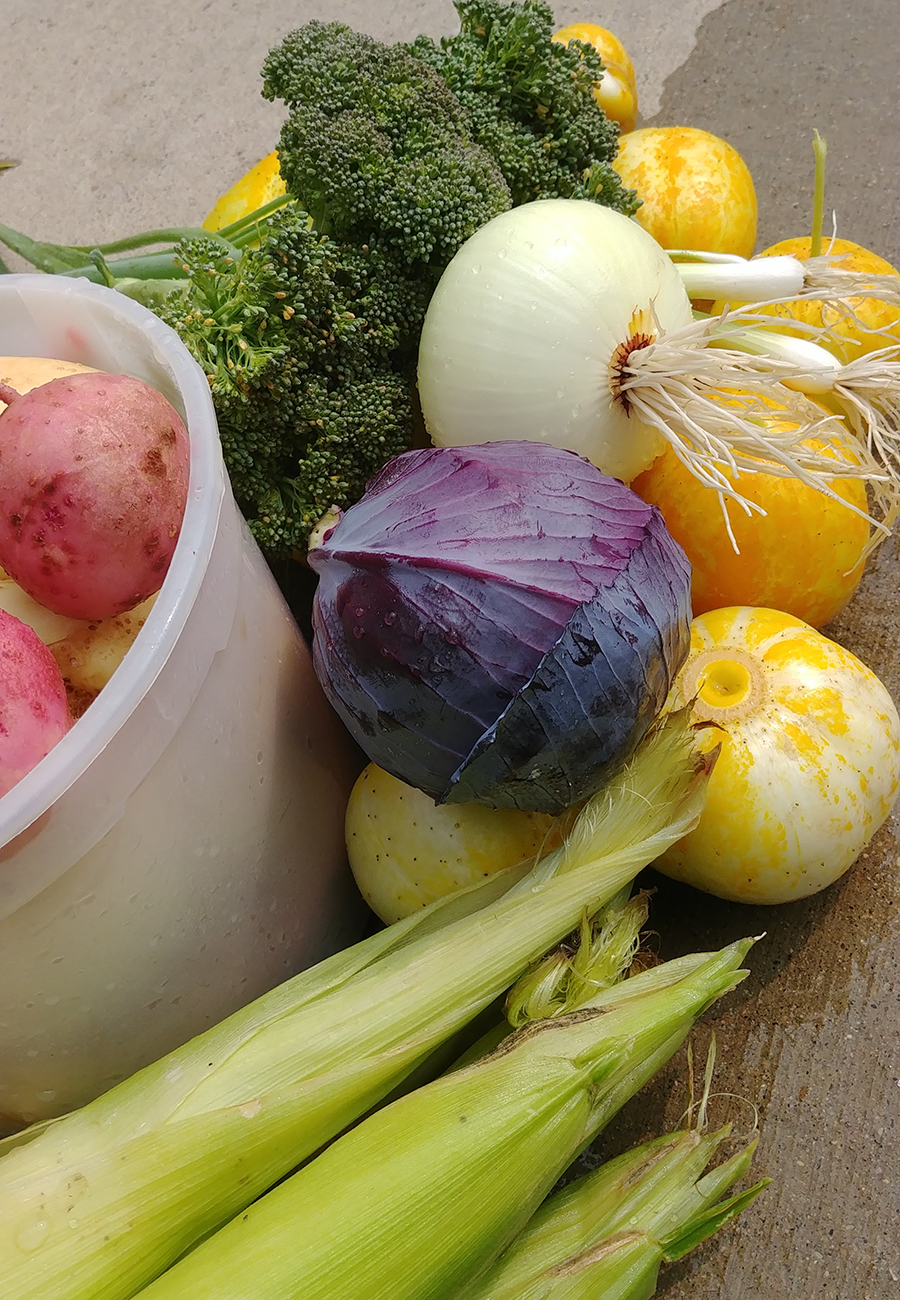
Finish planting your vegetable garden. Hopefully by June soil temperatures in your area are warming up and nearing that sweet spot for optimal growth, or at the very least are quickly approaching it. Many vegetables, annuals, perennials, shrubs, and trees begin to germinate or grow as soon as the snow melts, and some (it would seem) begin to grow even before it melts. However, there are plants, namely, warm-season vegetables, that you should hold off seeding or transplanting until soil temperatures get closer to 60°F or higher. Examples of warm-season crops to plant out this month include sweet corn, cucumbers, squash, pumpkin, zucchini, watermelon, tomatoes, eggplant, and peppers.
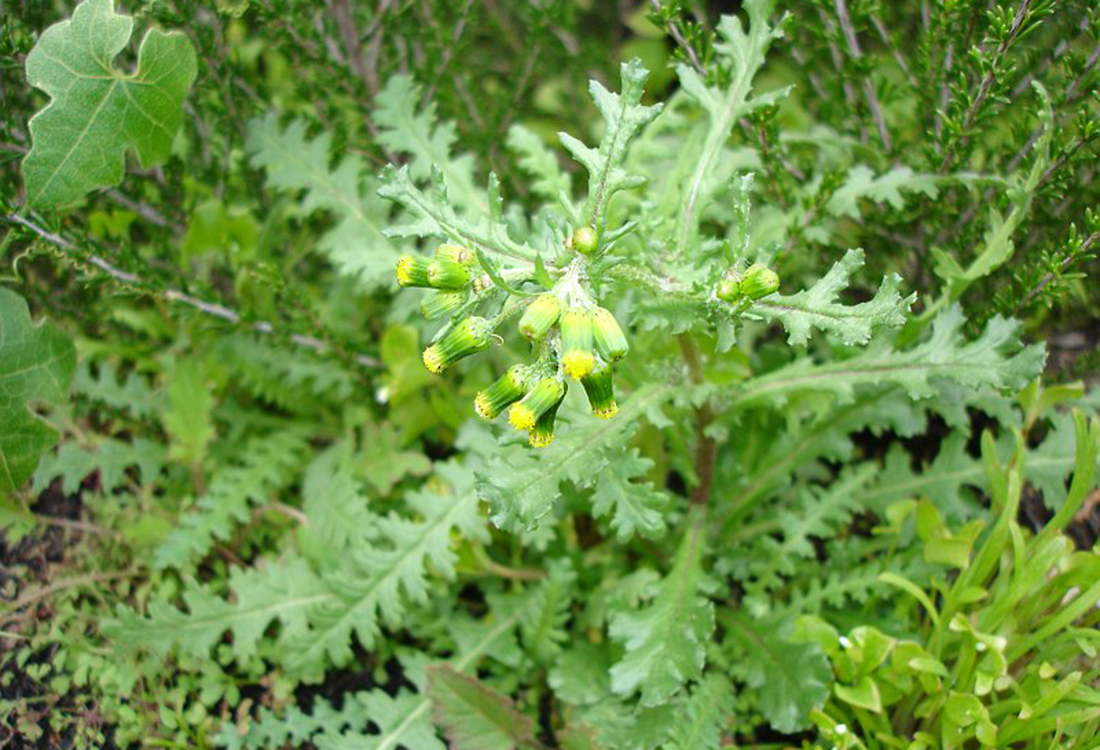
Stay ahead of the weeds. If your garden is like mine, many weeds are already germinated and growing happily, despite frosts, freezes, or a late-season snow! Once the soil temperatures start to climb, even more pesky weeds begin to germinate and do the thing they do best—make more of themselves. Before they get a chance to flower and set seed for subsequent generations, work on getting them out now, roots and all. There are many different tools and techniques for dealing with weeds, but there isn’t anything quite as gratifying as pulling a weed out with its root. Pulling weeds can be a little easier the day following a good spring rain, so long as it is not too muddy to cause soil-compaction issues, so take advantage of those rains while they last.
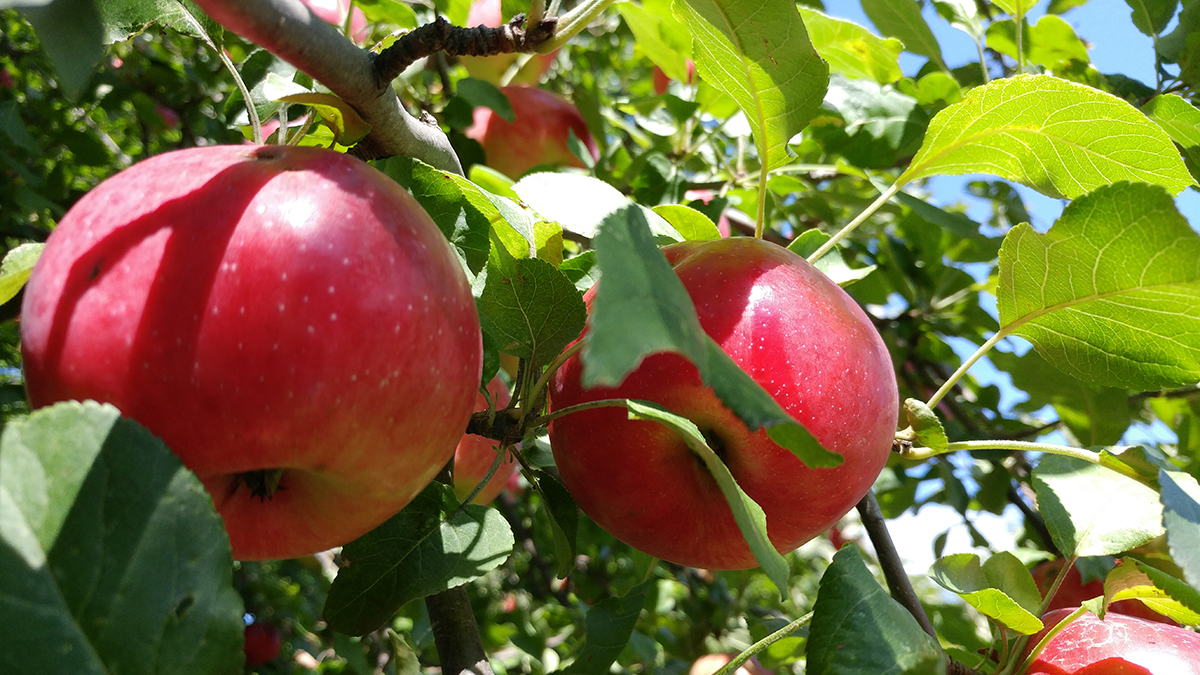
Thin out fruit on established trees. Last month I wrote about removing flowers and fruit from newly planted fruit trees to direct their energy into strong establishment. This month, it’s time to thin green fruit from more-established fruit trees for a greater quality harvest later. For a better yield on your established apple (Malus spp. and cvs., Zones 3–8), pear (Pyrus spp. and cvs., Zones 4–9), and plum (Prunus spp. and cvs., Zones 3–8) trees, take the time this month to thin out the green fruit to a spacing of 6 inches, or roughly the width of your hand. Thinning fruit helps disperse available carbohydrates to increase fruit size, lessen stress factors that may contribute to pest and disease pressure, alleviate excessive fruit loads that can result in limb breakage, and avoid alternate bearing years. All these benefits add up to a great reason to remove a few immature fruits here and there this month.

Make sure your lawn gets the right amount of water, and practice good mowing techniques. As spring rains taper off and the heat of summer kicks in, keep an eye on the health of your lawn to prevent damage caused by stress, which can provide a gateway for undesirable pests to get a foothold. Proper watering and mowing techniques can go a long way in keeping your lawn healthy. During those hot, windy summer days, your lawn may need over 2 inches of water per week to maintain itself and thrive. When watering (if need be), provide enough to reach the average depth of your lawn’s roots, which can be determined by simply taking a shovel and digging a couple of test plots and then measuring how far down the grass roots are growing. Timing and frequency of watering can also play an important role. A good way to see if your lawn needs some additional irrigation is to notice if your footprints remain in the turf an hour after you’ve walked through it. If your lawn shows signs of wilting or “footprinting,” the best time to irrigate is during late evening or early morning when wind is usually less intense and evaporation is not as prevalent—that is, when lawns make the most efficient use of the water applied. When it comes to mowing your lawn, a general rule of thumb is never to remove more than a third of the grass height. Most turf species are best kept at 2.5 to 3 inches tall, which may require you to mow every four days during spring and seven to 10 days during summer, depending on how much it is watered. Finally, keep your mower blades sharp, and let your grass clippings fall back into the lawn, as they provide nutrients from their quick decomposition and do not contribute to thatch accumulation.
—Chris Schlenker is the head gardener of McCrory Gardens at South Dakota State University in Brookings, South Dakota.
Fine Gardening Recommended Products
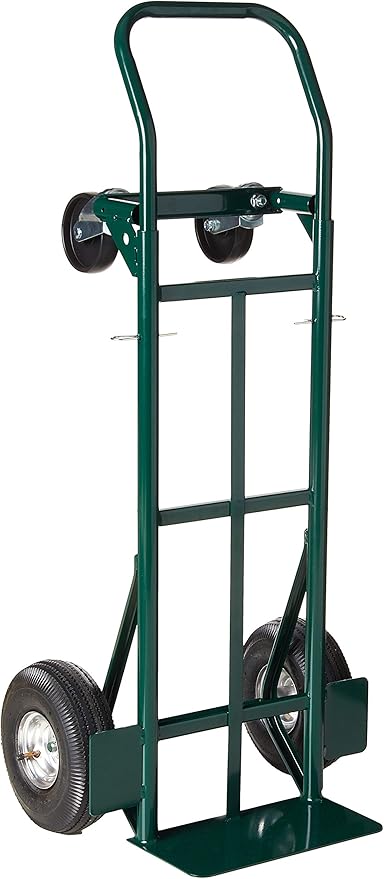
Harper Super Steel 700-lb. Platform Hand Truck
Fine Gardening receives a commission for items purchased through links on this site, including Amazon Associates and other affiliate advertising programs.

DeWalt Variable-Speed Cordless Reciprocating Saw with 6-Piece Saw Blade Set
Fine Gardening receives a commission for items purchased through links on this site, including Amazon Associates and other affiliate advertising programs.
- 18.31 x 6.13 x 4 inches
- 1-1/8-inch stroke length
- Variable speed trigger with 0-3000 spm
- DW4856 Metal/Woodcutting Reciprocating Saw Blade Set, 6-Piece

ARS Telescoping Long Reach Pruner
Fine Gardening receives a commission for items purchased through links on this site, including Amazon Associates and other affiliate advertising programs.



















Comments
Very nice!
Thanks for sharing this information!
Very informative!
Cool!
Log in or create an account to post a comment.
Sign up Log in